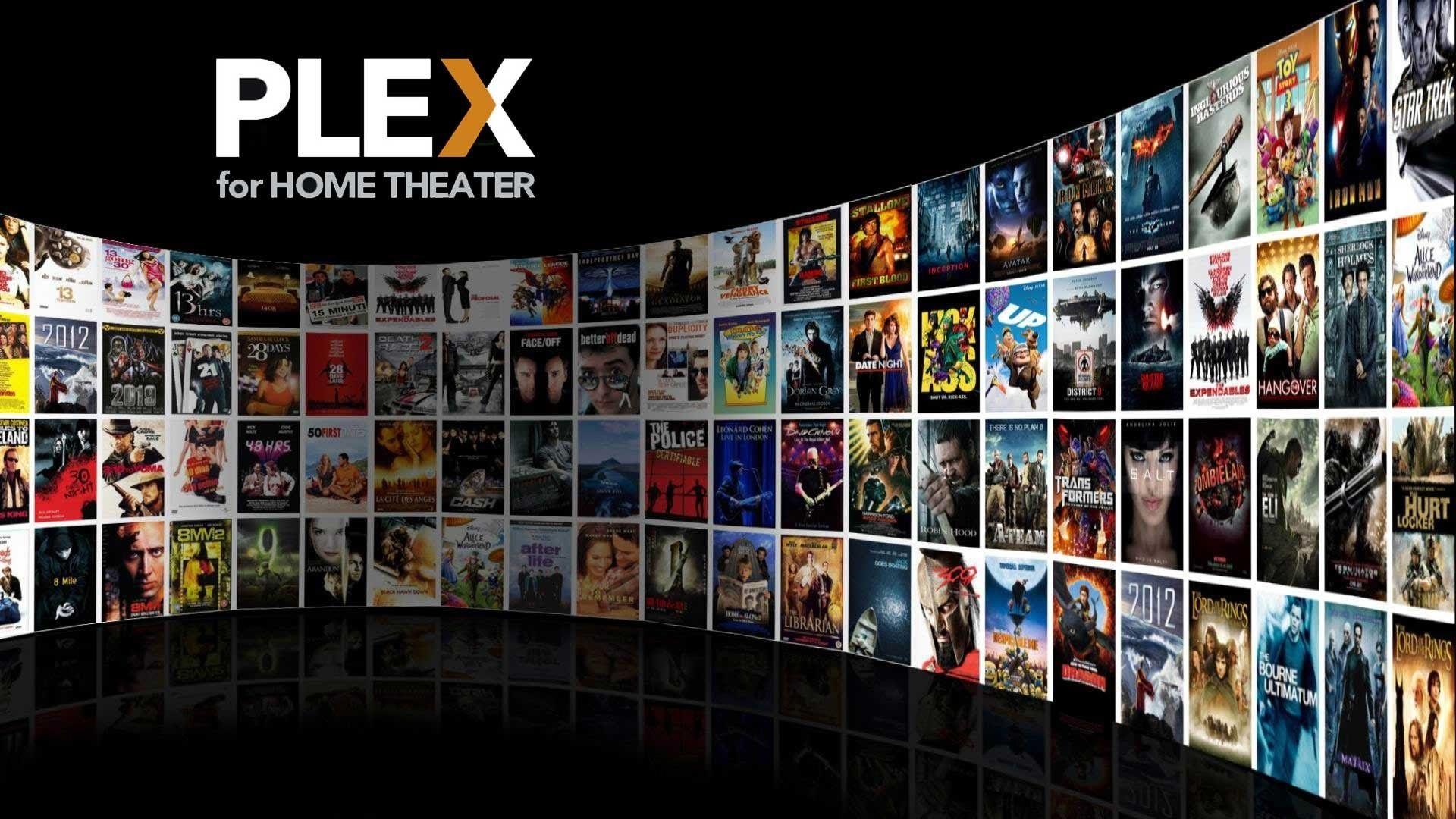

There are various options related to thumbnails, file sorting and naming and virtual folders. The shared folders and files can be easily managed within the dedicated tab, while subtitles can be automatically disabled for every streamed video. The main window displays information about the detected media renderers, the memory usage and details about the current and the maximum bitrate.

What you should pay attention at this point is to instruct Universal Media Server to scan shared folders at each launch to make sure the media library is always up-to-date. Upon first launch, Universal Media Server prompts you to go through a quick configuration wizard, but note that these settings can also be configured at a later time. Thus, it can automatically detect connected devices and initializes the transfer without prompting you to enter additional configuration options. The application tries to keep things as simple as possible, requiring minimum user interaction.
Universal media server vs plex Pc#
The server supports various output devices and facilitates the communication between your PC and the target hardware by taking care of the transfer process and the transcoding operation. Powered by open-source tools in its turn, the Universal Media Server makes it possible to stream your media to various devices, whether we are talking about other PCs, mobile phones, consoles, audio receivers, and so on. One of the options you can try out is Universal Media Server (or, in short, UMS), an open-source tool that works as a DLNA, UPnP and HTTP/S media server designed for sharing various media files over a dedicated server, without requiring complex configuration. Not only that distributing such content gets easier but, considering the very low costs of owning a media server, this option is definitely worth considering. The convenience of having a media server to share multimedia content (such as movies, pictures or music) with others is significant.


 0 kommentar(er)
0 kommentar(er)
